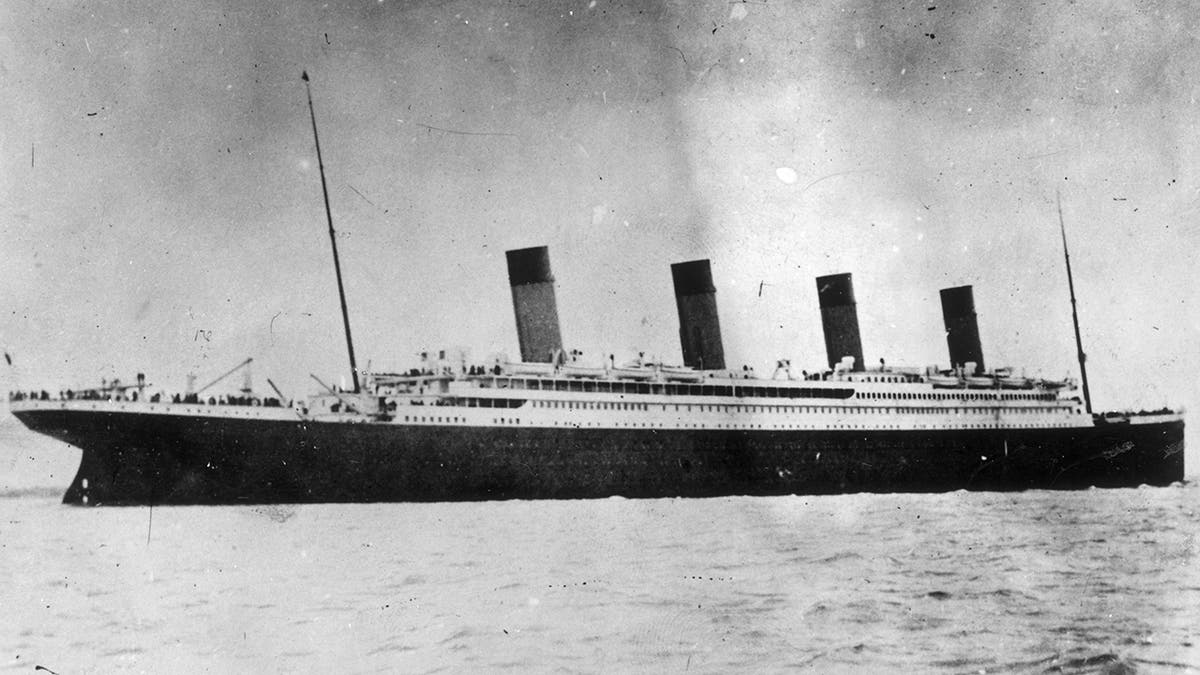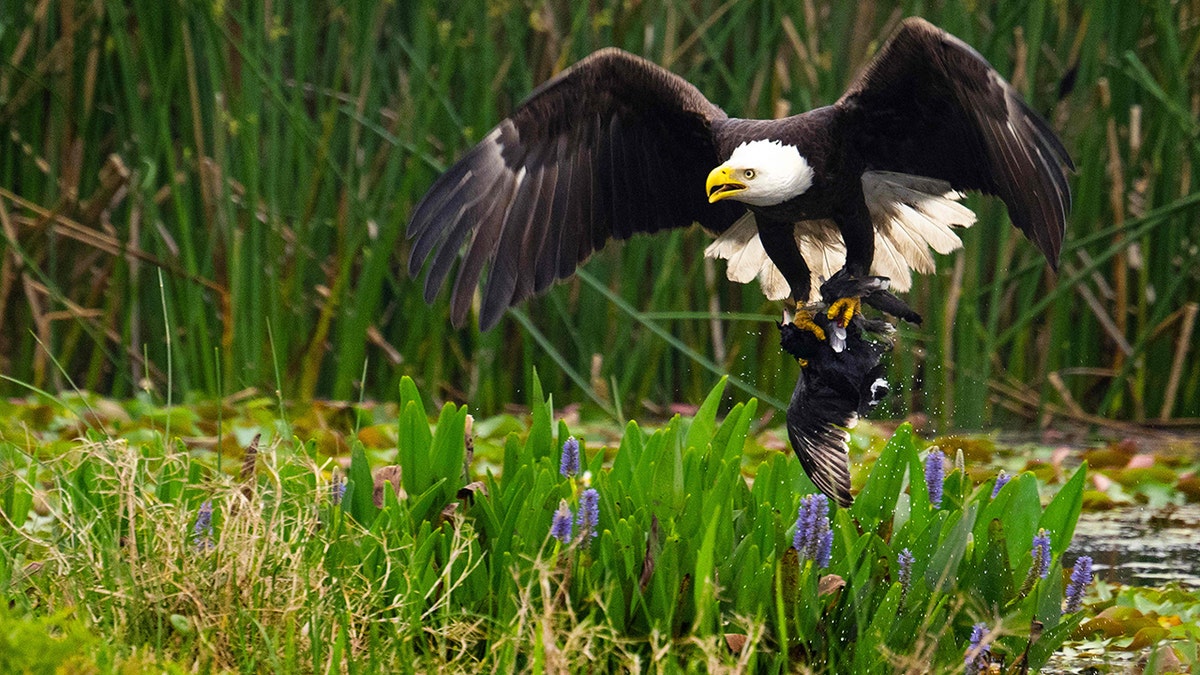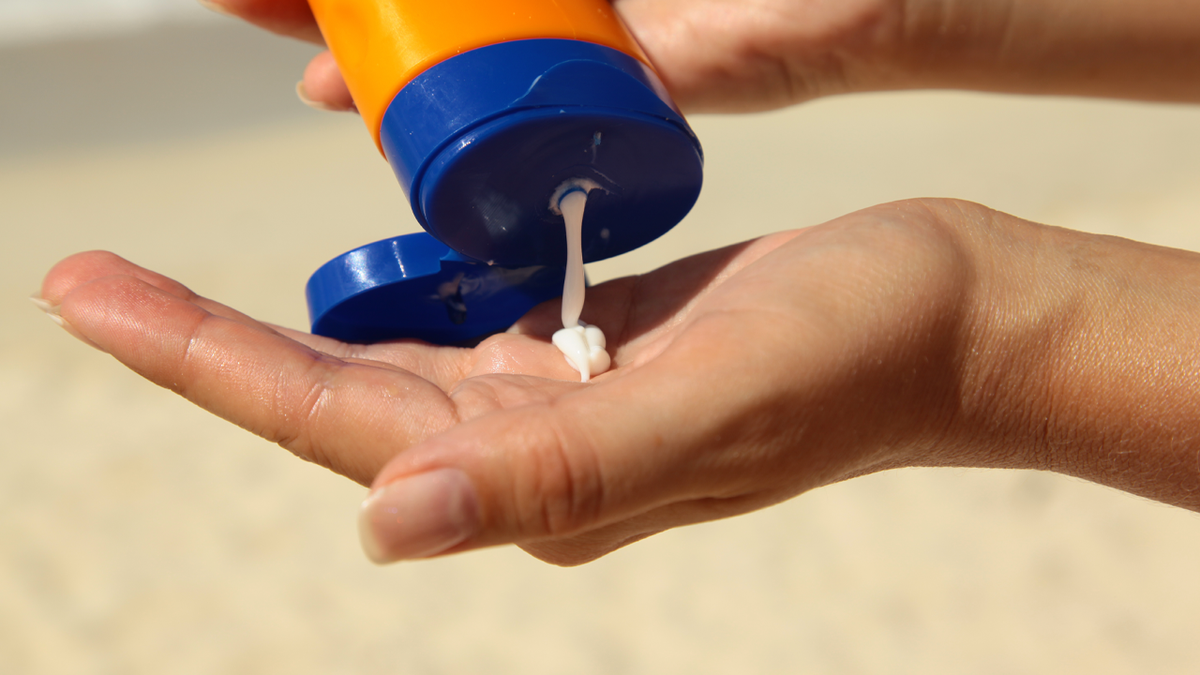Deep within the Siberian wilderness, a massive chasm known as the Batagaika crater, or "Gateway to Hell," is rapidly expanding, offering a chilling glimpse into the effects of thawing permafrost. This thermokarst depression, essentially a giant sinkhole caused by melting permafrost, grows by an astounding 35 million cubic feet annually – equivalent to the volume of a small town.
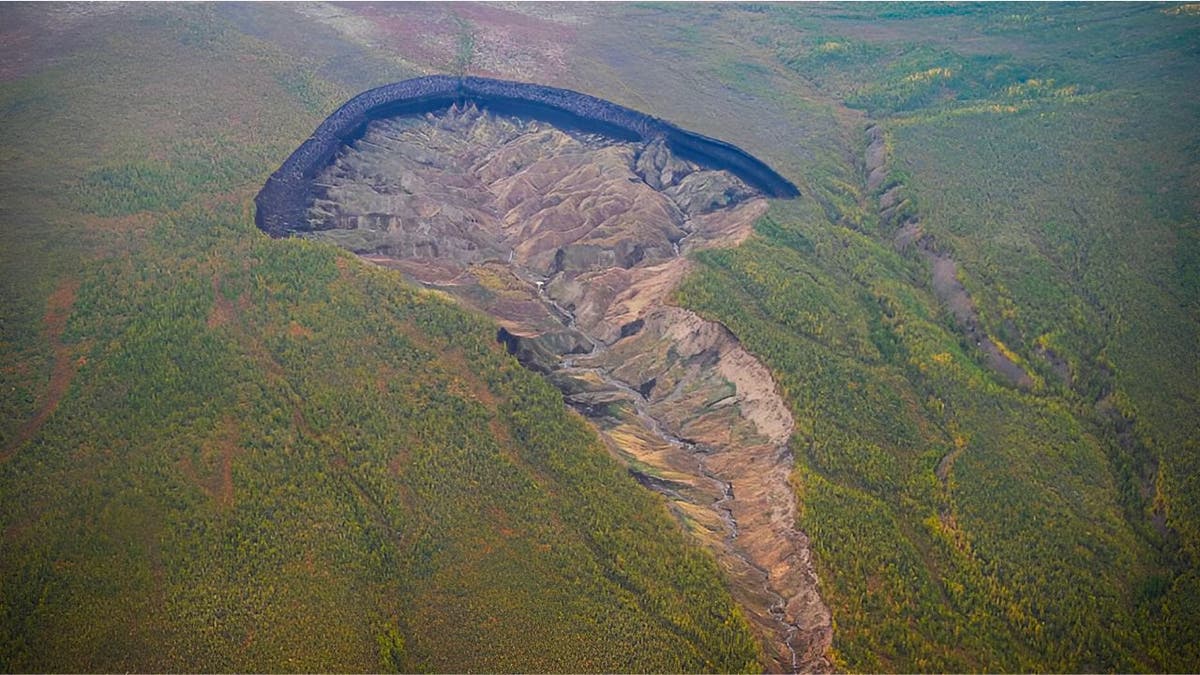
The crater, already 0.6 miles long and 0.5 miles wide at its widest point, is accelerating its growth due to a feedback loop: warming temperatures melt the permafrost, exposing more soil to sunlight, which in turn melts even more permafrost. This phenomenon is not isolated to Batagaika; similar events are occurring across the Arctic and sub-Arctic regions.
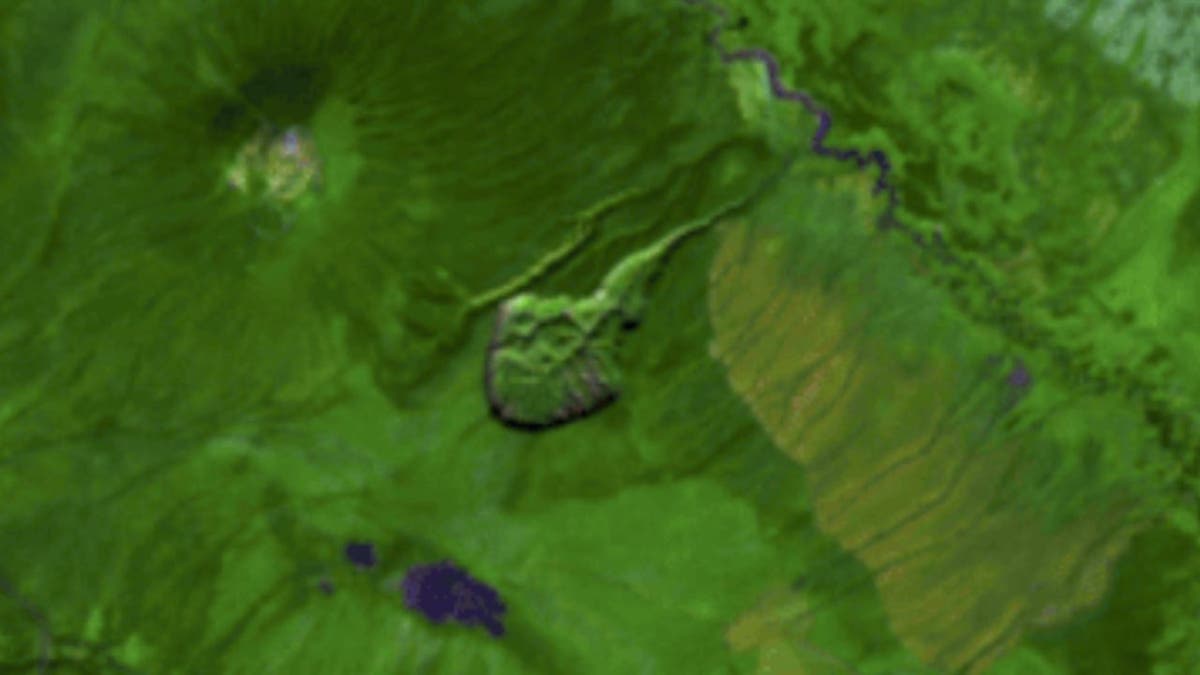
The crater's depth reveals permafrost layers up to 650,000 years old, a time capsule predating modern humans. This ancient ice holds not only historical secrets but also potential dangers. Scientists have already revived ancient viruses from Arctic permafrost, raising concerns about the release of other dormant pathogens.
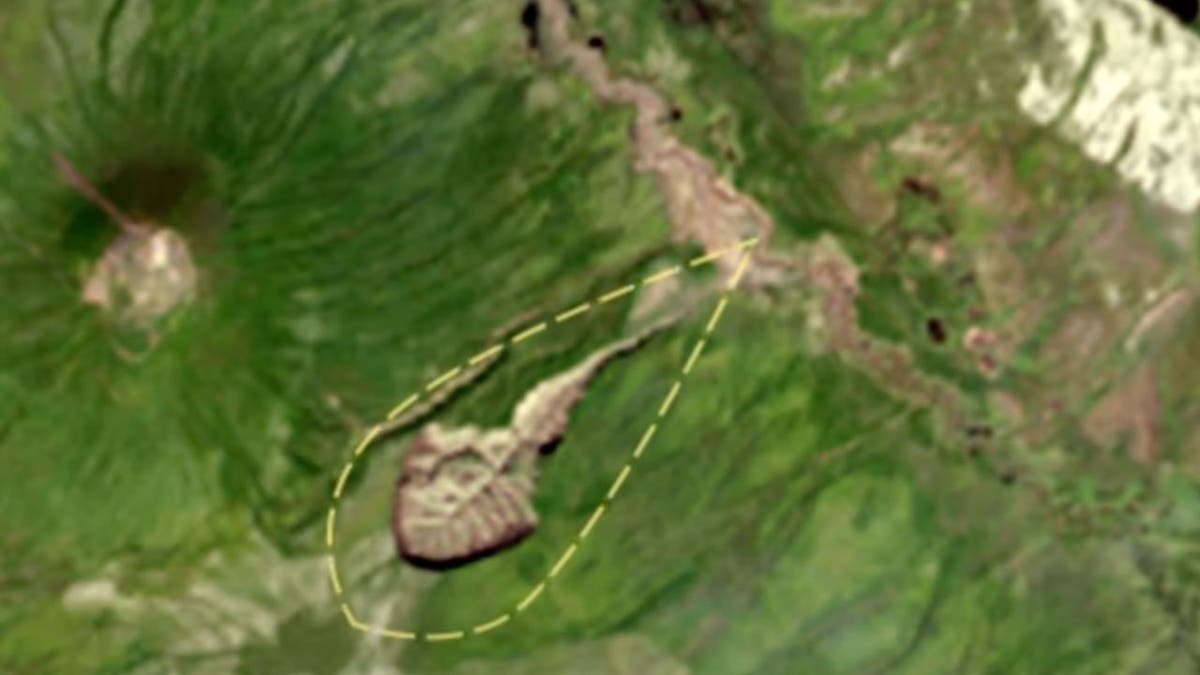
Furthermore, the melting permafrost releases significant amounts of organic carbon into the atmosphere. The Batagaika crater alone contributes 4,000 to 5,000 tons annually, comparable to the emissions of about 1,000 cars. This released carbon further exacerbates global warming, accelerating the very cycle that created the crater.

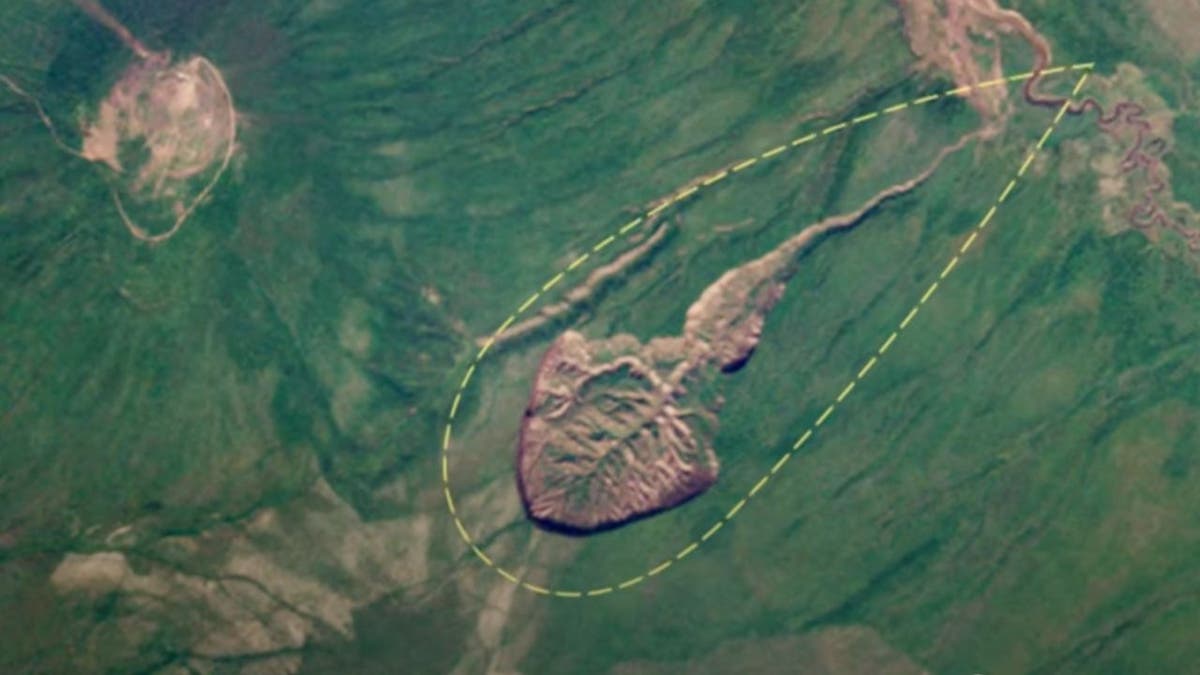
While the Batagaika crater has become a tourist attraction, it serves as a stark warning of the potential consequences of climate change. The expanding crater symbolizes a future where rapid environmental shifts reshape our world in unpredictable ways. It prompts us to consider whether we will acknowledge these warnings and take action or continue to observe as more such "gateways" emerge.

